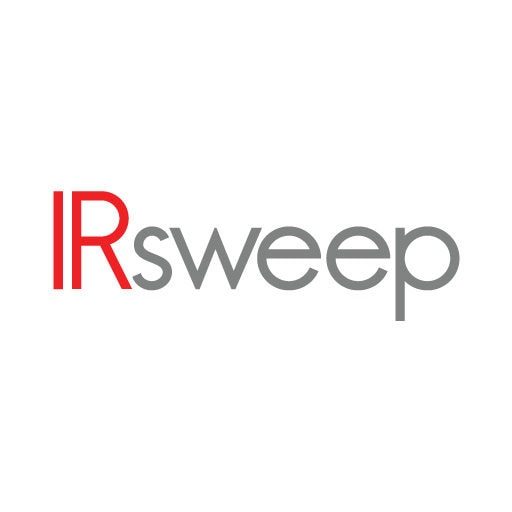High resolution infrared spectroscopy is a valuable tool for applications ranging from exploring fundamental physical principles to a better understanding of our atmosphere. High-resolution techniques based on Fourier transform infrared (FTIR) or tunable laser spectroscopy have provided high quality infrared spectra with spectral resolution in the MHz range. A great challenge for existing techniques which remains is to obtain high spectral and high temporal resolution simultaneously. This is important in applications such as plasma diagnostics, gas phase chemical kinetics, and combustion diagnostics.
In this webinar, we show how quantum cascade laser (QCL) dual-comb spectroscopy can be employed to measure broadband (> 60 cm−1) spectra with MHz spectral resolution and microsecond temporal resolution. We demonstrate the application of this technique to the measurement of the infrared spectra of CF4 and CHCl2F, two atmospherically relevant molecules, in pulsed, skimmed supersonic beams. The low rotational temperature of the beams and the narrow expansion cone after the skimmer made it possible to record the spectra of cold samples with high resolution. The spectra obtained in this study cover the range from 1200 cm−1 to 1290 cm−1. The narrowest recorded spectral lines have a full width at half maximum of 15 MHz (~0.0005 cm−1): the temporal resolution is better than 4 ms. The results of this study demonstrate the potential of QCL dual-comb spectroscopy for broadband acquisition of spectra at high spectral and temporal resolution and high sensitivity in the mid-infrared range. We will illustrate the power of this method through comparison of our results with previous results for these molecules obtained using Fourier Transform Infrared (FTIR) and diode laser spectroscopy of seeded continuous and pulsed supersonic jets.
10 January 2023 – 5:00 pm CET
Speakers

Markus Mangold
While co-founding IRsweep, Markus developed high-sensitivity trace gas sensors as a postdoc in the Air Pollution / Environmental Technology lab at EMPA. For one of these sensors, he was awarded the best innovation award at the European Photonics Innovation Village 2014. He received his PhD in Physics from TU Munich and his Master of Science in Nanotechnology from the University of Basel.

Karen Keppler
Karen Keppler investigates the high-resolution infrared spectrum of small molecules, particularly those of atmospheric and astronomical interest, with an emphasis on the determination of spectral line parameters. Karen received her Ph.D. from The Ohio State University under the supervision of K. Narahari Rao. She has designed experiments for use in combination with commercial Fourier Transform Spectrometers (Bruker IFS 120 and IFS 125 series). She has conducted research at the Justus-Liebig-Universität Giessen (Winnewisser Laboratory) as a Fulbright Scholar, line shape investigations in connection with NASA Project HALOE, and analysis of infrared spectra measured at the ETH Zürich and the Swiss Light Source (Paul Scherrer Institute) as a Marie-Heim-Vögtlin Fellow of the Swiss National Science Foundation, in cooperation with Martin Quack and Frédéric Merkt and their research groups.
